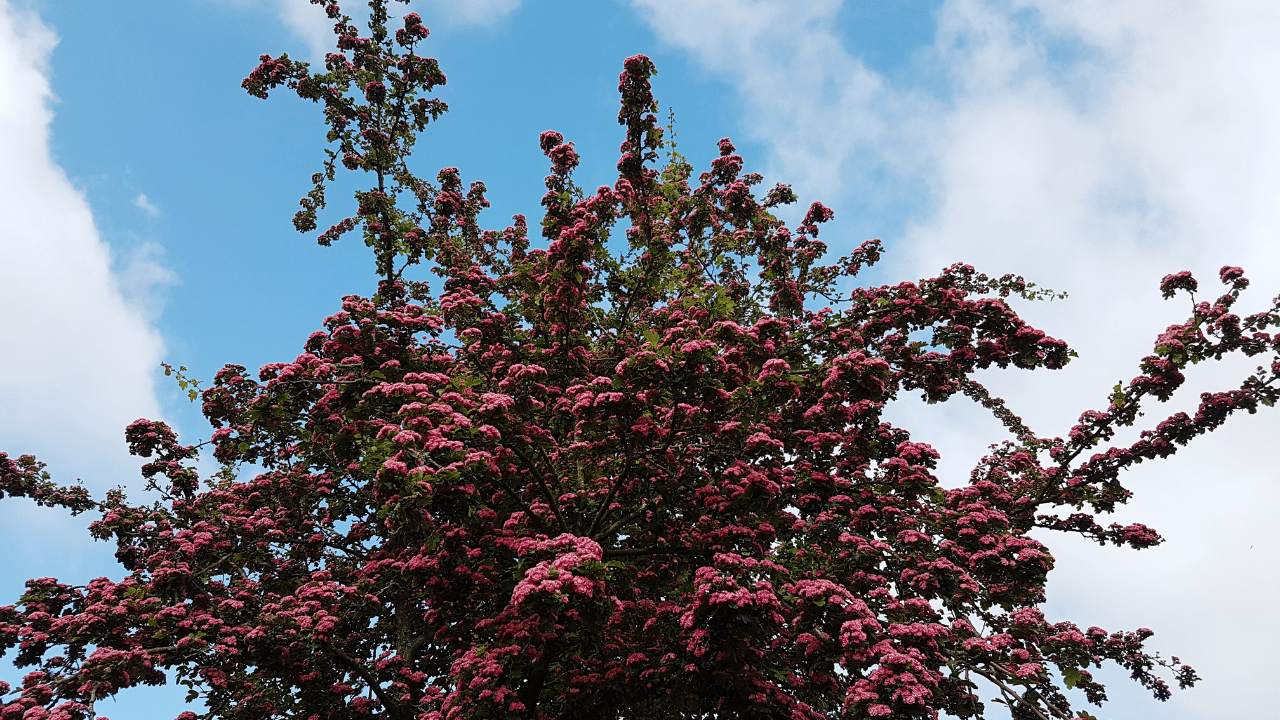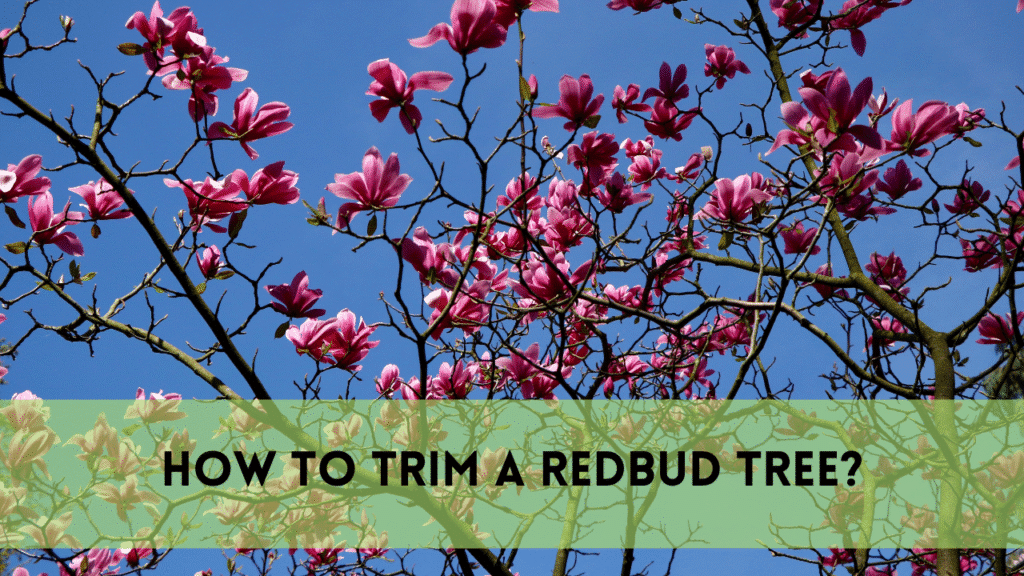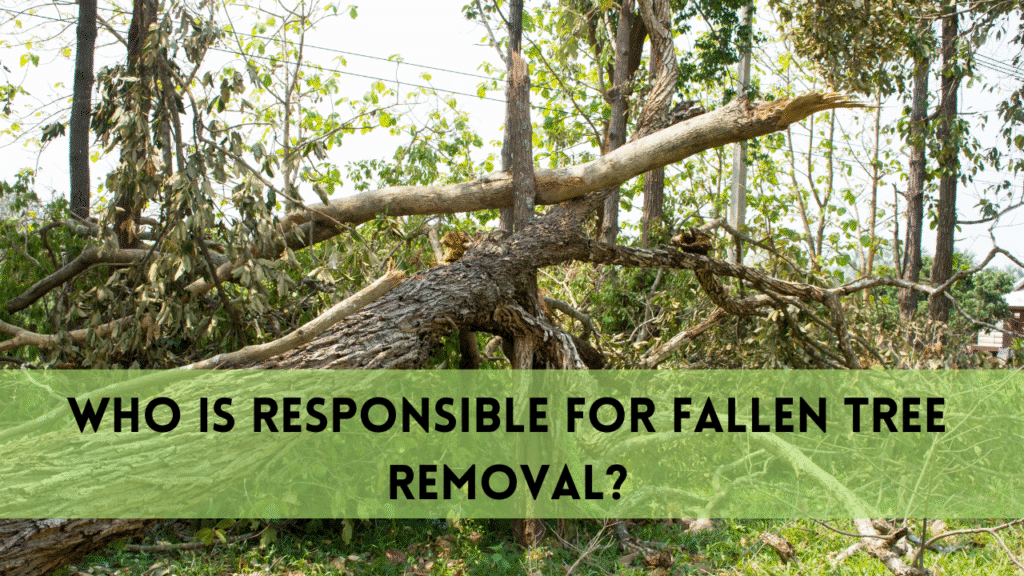If you’ve ever seen the beautiful pink blossoms of a redbud plant in spring, then you’re aware of how satisfying it is to take care of one. Like all trees redbuds require proper trimming to remain beautiful and healthy. Understanding how to trim a redbud tree correctly will result in a robust growth, better flowering and also protection from diseases.
In this article will walk you through the entire procedure, from when is the ideal time to prune to the precise cuts that will boost your vitality. No matter if you’re an experienced gardener or new to the field this guide will assist you in shaping your redbud in a professional manner.
Why It’s Important to Trim a Redbud Tree
Redbuds (Cercis canadensis) are fairly low maintenance, however careful pruning can make a huge impact. If you trim a redbud tree properly:
- Inspires brighter spring blooms
- Get rid of diseased or dead branches prior to spreading
- Improves air circulation, while reducing the risk of fungal infections
- Forms the tree to create an even, natural appearance
Inattention to trimming could result in poor branches, overcrowding and even fewer flowers. This is the reason having a good understanding of how to trim the redbud tree is vital for its long-term health.
When to Trim a Redbud Tree
Timing is the most important factor. The ideal time to trim a redbud tree is the latter part of winter or spring and just before the new growth starts. Here’s why:
- Dormancy Time: Pruning in late winter (February through March) reduces strain on trees.
- Preventing Disease: Cooler weather reduces the chance of infection that enter fresh cuts.
- Bloom Protection: Since redbuds bloom on old wood cutting to late (after spring) could result in the removal of flowers.
Avoid pruning too much in fall as it could encourage new growth that isn’t able to survive winter.
Tools You’ll Need to Trim a Redbud Tree
Before starting, gather the following essentials:
- Hand Pruners (for branches less than 1/2 inch)
- Loppers (for branches of up at 1 1/2″)
- A saw for pruning (for more robust branches)
- Spray for disinfection (to cleanse tools between cuts)
Clean and sharp tools help stop sharp cuts that could encourage disease and pests.

How to Trim a Redbud Tree: Step-By-Step
Step 1: Remove Dead or Diseased Branches
Begin by cutting off any broken, dead or rotten wood. Check for discolored bark cracks, fungus or cracks. Cut cleanly just outside the collar of the branch (the swelling area that connects the branch to with the tree).
Step 2: Thin Out Overcrowded Areas
Redbuds are prone to developing dense canopy which block airflow and sunlight. Take out branches that grow inwards and branches that cross. Try to create an open vase-like form.
Step 3: Trim Suckers and Water Sprouts
Suckers (shoots that shoot upwards from to the bottom) or Water sprouts (vertical shoots that grow on branches) consume energy. Cut them flush with branch or trunk.
Step 4: Shape the Tree Lightly
Avoid over-pruning–redbuds look best with a natural form. Be sure to trim branches that cause symmetry problems.
Step 5: Step Back and Assess
After each cut, stop to assess the balance of the tree. It is usually easier to trim less when you are learning how to cut a redbud tree.
Common Mistakes to Avoid when You Trim a Redbud Tree
- The top of on the Tree: Never chop the top off, as it damages its form and weakens the growth.
- Pruning in late summer/late spring: You’ll sacrifice next year’s flowers.
- leaving Stubs: Always cut near to the branch collar to aid in healing.
Aftercare: Keeping Your Redbud Healthy
- Wet the area thoroughly following pruning in order to lessen stress.
- Wrap the mulch around the trunk (but it should not touch the tree) to keep moisture in.
- Monitor for insects such as borers or diseases.
FAQs
Do I need to trim a redbud in the autumn?
Fall pruning isn’t a good idea because it can encourage new growth, which won’t make it through winter. Make sure to keep it to winter’s end or early spring.
How much can I cut all at once?
Don’t take more than 25 percent of the canopy in one year in order to ensure that the tree is not shocked.
Do heavy prunings increase the blooms?
The wood that is old and rotten has no redbuds Therefore, excessive trimming can reduce the blooms for next year.
What should I do if i notice fungus or cankers?
Remove infected branches from the area affected and clean the cutting tools after each cut.
Do I need to seal my pruning cuts?
Modern research suggests that trees heal better when cuts are left untreated.
Final Thoughts on How to Trim a Redbud Tree
Knowing the art of trimming the redbud tree will ensure years of stunning blossoms and strong growth. By trimming at the correct time, applying the correct methods, and avoiding the most common mistakes, your redbud will flourish with little effort.
Once you’ve got these guidelines, grab your pruning tools so that your trees get the love it deserves. Enjoy pruning!



